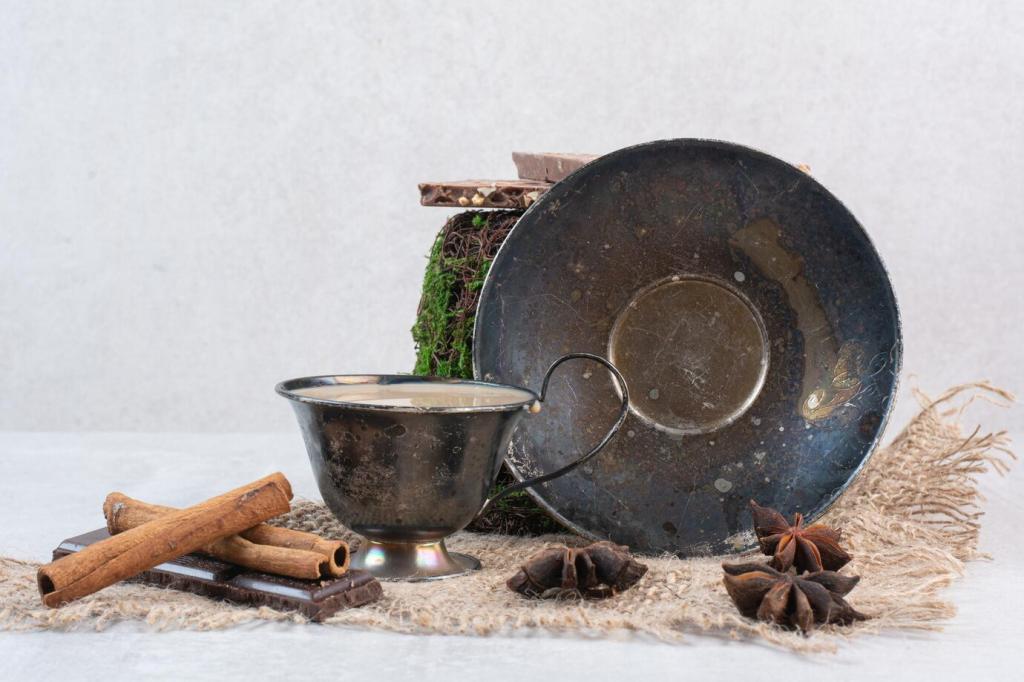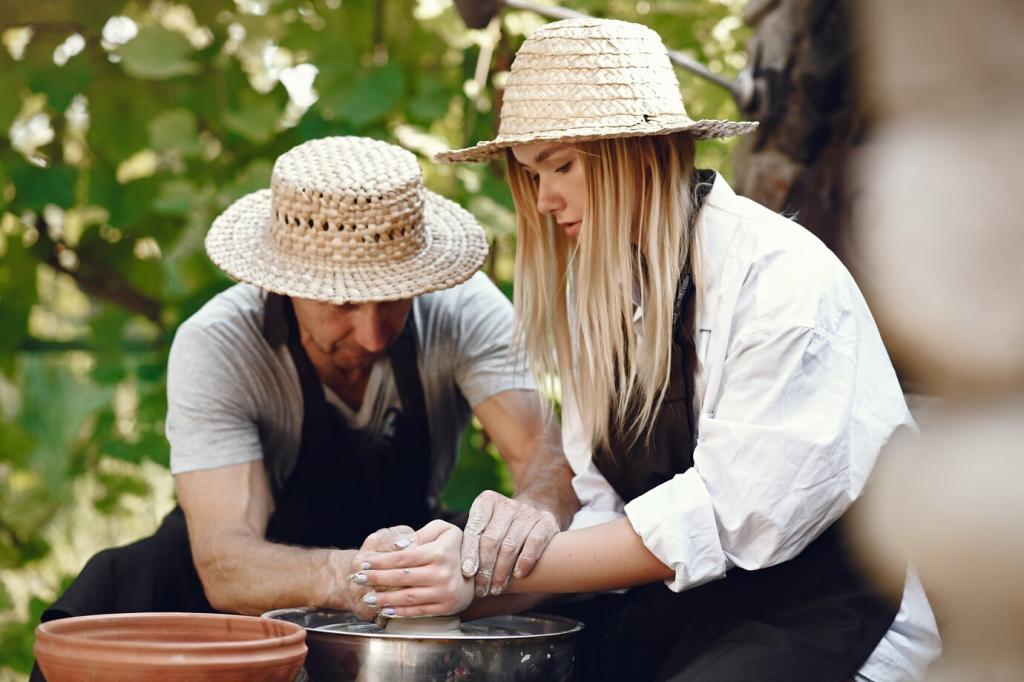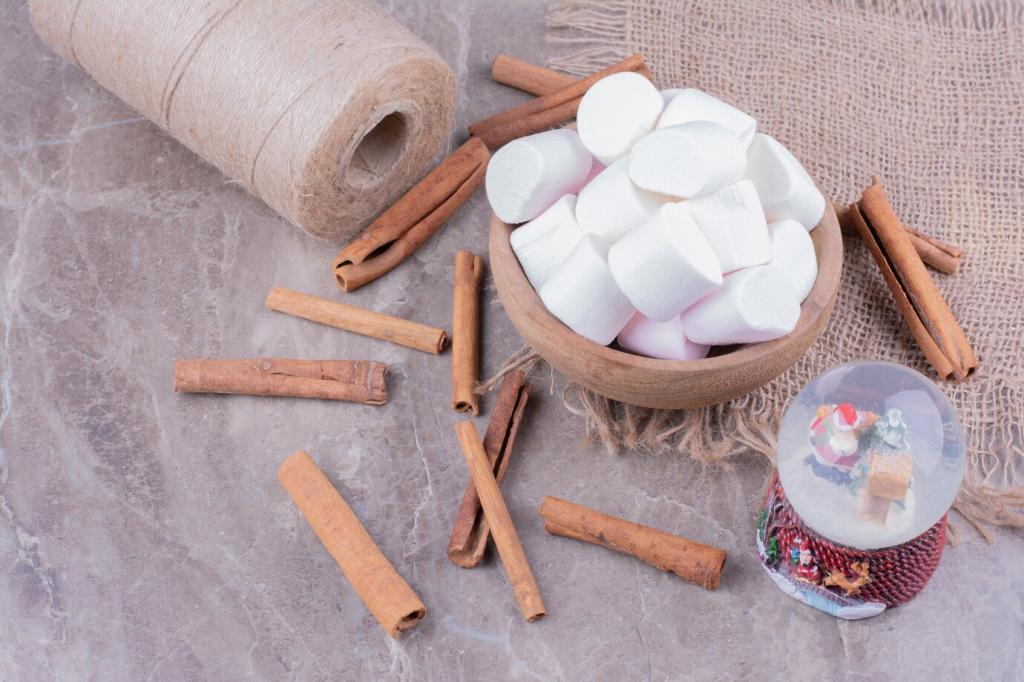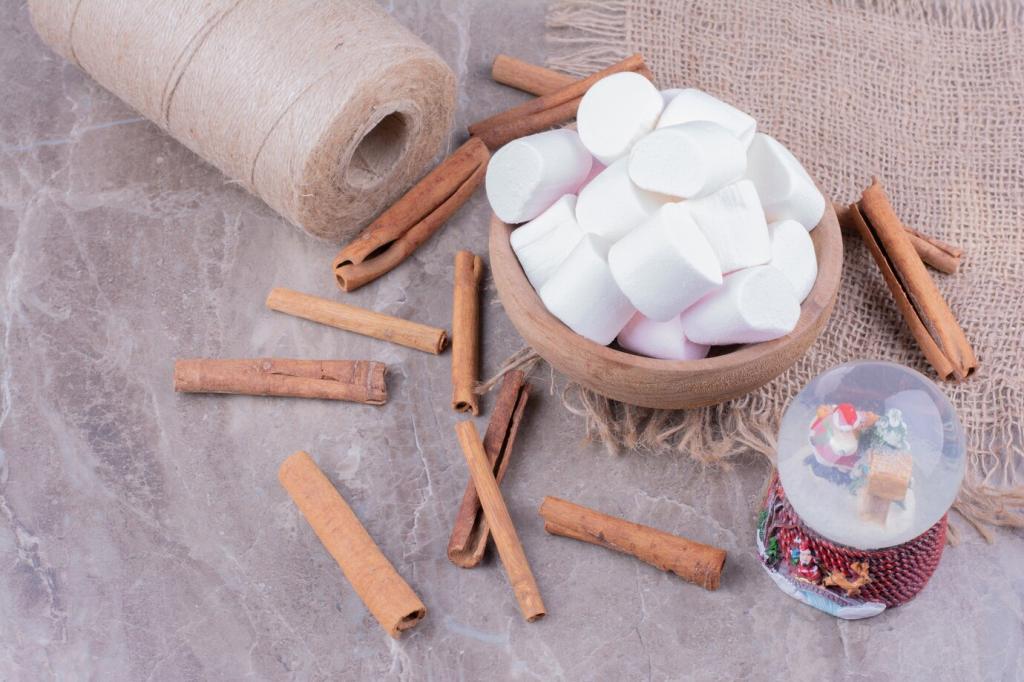Essential Oils for Homemade Candle Scents
Unlock the natural beauty of scent in your home with the art of crafting candles infused with essential oils. Essential oils not only bring delightful aromas to any space, but they also offer a multitude of benefits spanning mood enhancement, relaxation, and a sense of personalized comfort. Learn how to select, blend, and care for your essential oil candles to create an ambient environment tailored to your unique preferences.
The Beauty of Essential Oil Candle Scents

Elevating Ambience with Natural Fragrances
Using essential oils in homemade candles offers a sophisticated method to elevate the ambience of any room. Unlike artificial scents, essential oils emit nuanced aromas that interact beautifully with one another, resulting in an ever-changing scent profile. As the candle burns, lighter notes may dissipate first, giving way to deeper facets of the blend. Crafting with essential oils allows you to fine-tune the mood—lavender or chamomile evoke serenity, while citrus or mint invigorate the senses. The authenticity of plant-based fragrances cultivates a comforting environment distinct from overpowering or synthetic alternatives, infusing each occasion with a unique and memorable olfactory experience.

Benefits of Essential Oil Candles for Wellbeing
Essential oil candles crafted at home offer more than pleasant fragrances; they integrate natural wellness into daily life. Many essential oils are believed to support relaxation, focus, or a balanced emotional state. For example, diffusing lavender oil through a gently burning candle may encourage restful sleep or reduce tension after a long day. Citrus oils, such as orange or lemon, are celebrated for their uplifting qualities, helping to energize morning routines or refresh workspaces. The mindful process of preparing and lighting an essential oil candle also encourages a sense of presence and self-care, reinforcing the important connection between scent and mood.

Customization and Personal Expression
One of the greatest joys of using essential oils in homemade candles comes from the opportunity to personalize every blend. Crafters can experiment with combining oils to create a signature aroma that feels truly their own. Whether designing a calming mix for quiet evenings, a fresh scent for crisp mornings, or something seasonal, the possibilities are endless. Essential oil candles also make thoughtful, individualized gifts. Each batch can reflect the recipient’s preferences or highlight a special occasion, making the art of candle-making both a creative outlet and a meaningful gesture.

Scent Longevity and Throw
The scent throw of a candle refers to how well the fragrance disperses throughout a space, both when the candle is unlit (cold throw) and burning (hot throw). Essential oils differ in their volatility and strength, influencing how noticeable the scent remains as the candle burns. For best results, select oils known for their excellent throw, such as eucalyptus, lemongrass, or cedarwood. Blending oils with strong base notes can anchor more delicate top notes, providing a rounded scent profile that lasts longer. The ratio of essential oil to wax is also critical: using too much oil may affect the candle’s burn, while too little can result in a weak fragrance. Testing and adjusting blends ensures every homemade candle imparts a pleasing and enduring aroma.

Safety and Compatibility with Wax Types
Not all essential oils are universally compatible with every candle wax type. Soy, beeswax, and coconut waxes each interact differently with essential oils, influencing how well the scent blends and releases. For example, soy wax typically holds and emits essential oil fragrance better than some paraffin blends. It’s important to consider the flash point of the chosen oil—the temperature at which it may evaporate or degrade—when melting and mixing wax to avoid diminishing the oil’s effectiveness. Additionally, using therapeutic-grade, pure essential oils from reputable sources helps you avoid synthetic additives that might compromise the candle’s integrity or your health.

Popular Essential Oil Options for Candle Making
Certain essential oils are favorites among candle makers due to their pleasant scent, stability, and wide appeal. Lavender, for instance, is renowned for its calming influence and consistent performance in both hot and cold throw. Citronella is often used in outdoor candles for its fresh, lemony aroma and natural ability to deter insects. Earthy oils like patchouli or sandalwood add depth to blends, while spicy notes from clove or cinnamon create a warm, inviting fragrance. Experimenting with combinations such as orange and clove or eucalyptus and peppermint can yield candles that cater to specific moods and seasons, ensuring that every handmade candle feels unique and intentional.
Crafting Techniques for Scented Candle Success
01
Achieving a uniform scent distribution throughout your candle requires precise mixing of essential oils into fully melted wax. Timing is key; oils should be added when the wax has cooled slightly after melting but remains liquid, generally between 150°F and 180°F (65°C to 82°C), depending on the wax type. Stirring continuously ensures the oil is thoroughly incorporated, minimizing separation or uneven fragrance release. Some candle makers use digital scales for accurate measurement, balancing oil potency with wax capacity. Pre-testing small batches allows you to refine techniques, resulting in candles that burn evenly and maintain their intended scent from the first lighting to the last flicker.
02
The type and size of the wick directly affect both the scent throw and burn time of your homemade candle. Cotton, wooden, and hemp wicks each impart different characteristics and may be better suited for specific wax and oil combinations. Using the wrong wick size can lead to tunneling, uneven burning, or incomplete scent diffusion. Pre-waxing wicks before embedding them in the candle helps maintain their structure and enhances burn performance. Positioning the wick centrally and anchoring it as the wax sets ensures a clean, even melt pool, which is essential for a strong, consistent aroma throughout the candle’s life.
03
Patience is a critical element in candle making, as allowing candles to cure properly enables the essential oils and wax to bond and develop their fullest fragrance. Typically, a curing period of at least one to two weeks is recommended for most waxes; this rest period gives the scent profile time to mature, resulting in a more pronounced and balanced aroma when burned. Store finished candles in a cool, dark place to prevent scent degradation. Avoid burning the candle before it has fully cured, as this can lead to weak or uneven fragrance output. Through mindful waiting, you ensure that every homemade candle reaches its aromatic potential.
